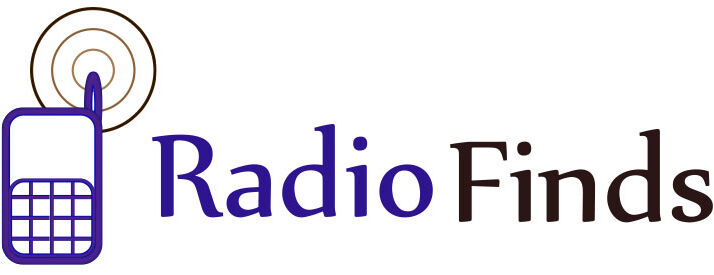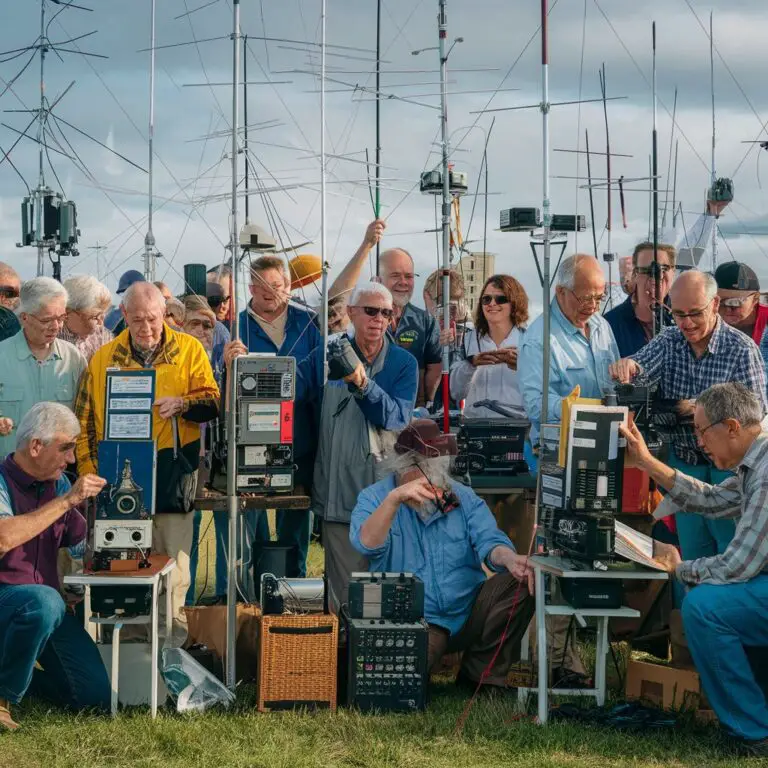How Does Ham Radio Work?
As an expert in the field of radio communication, I have spent years studying and working with ham radio. In this comprehensive article, I will share my knowledge and insights to help you understand the fascinating world of ham radio and how it works.
What is Ham Radio?
Ham radio, also known as amateur radio, is a popular hobby and service that allows people to communicate with each other using radio waves. It is called “amateur” because it is not used for commercial or professional purposes, but rather for personal communication, experimentation, and emergency services.
Ham radio operators, or “hams,” use various frequencies of the radio spectrum to communicate with each other locally, regionally, and even globally. They can use voice, Morse code, digital modes, and even images to exchange messages and information.
How Does Ham Radio Work?
At its core, ham radio relies on the use of radio waves to transmit and receive signals. Radio waves are a type of electromagnetic radiation that can travel through the air, space, and even through some objects. They are measured by their frequency, which is the number of times the wave oscillates per second, and their wavelength, which is the distance between two consecutive peaks of the wave.
Ham radio operators use different frequencies for different purposes, depending on the distance they want to communicate over and the type of communication they want to engage in. The most common frequencies used in ham radio are:
| Frequency Range | Wavelength Range | Band Name |
|---|---|---|
| 1.8 – 2.0 MHz | 160 meters | Top Band |
| 3.5 – 4.0 MHz | 80 meters | 75 meters |
| 7.0 – 7.3 MHz | 40 meters | 40 meters |
| 10.1 – 10.15 MHz | 30 meters | 30 meters |
| 14.0 – 14.35 MHz | 20 meters | 20 meters |
| 18.068 – 18.168 MHz | 17 meters | 17 meters |
| 21.0 – 21.45 MHz | 15 meters | 15 meters |
| 24.89 – 24.99 MHz | 12 meters | 12 meters |
| 28.0 – 29.7 MHz | 10 meters | 10 meters |
Each frequency range has its own characteristics and propagation properties, which affect how far and how well the signal can travel. For example, lower frequencies (longer wavelengths) can travel farther and penetrate obstacles better than higher frequencies (shorter wavelengths), but they also require larger antennas and more power to operate effectively.
Components of a Ham Radio Station
A typical ham radio station consists of several key components:
- Transceiver: This is the main piece of equipment that allows the operator to transmit and receive signals. It combines the functions of a transmitter and a receiver in one unit.
- Antenna: The antenna is the device that converts the electrical signals from the transceiver into radio waves and vice versa. Antennas come in various shapes and sizes, depending on the frequency range and the desired radiation pattern.
- Power Supply: Ham radio equipment requires a stable and reliable power source to operate. This can be a battery, a generator, or a mains-powered supply.
- Microphone: For voice communication, a microphone is used to convert the operator’s voice into electrical signals that can be transmitted by the transceiver.
- Morse Key or Keyer: For Morse code communication, a Morse key or an electronic keyer is used to generate the dots and dashes of the code.
- Computer: Many modern ham radio stations include a computer for digital modes, logging, and other functions. The computer can be connected to the transceiver using an interface device.
Propagation and Communication Modes
One of the most fascinating aspects of ham radio is how radio waves propagate through the Earth’s atmosphere and beyond. The ionosphere, a layer of charged particles in the upper atmosphere, plays a crucial role in long-distance communication by reflecting radio waves back to the Earth’s surface.
The ionosphere is affected by various factors, such as the time of day, the season, solar activity, and geomagnetic disturbances. Understanding these factors and how they influence radio wave propagation is essential for successful communication.
Ham radio operators use different communication modes to exchange messages and information, depending on the conditions and the purpose of the communication. Some of the most common modes are:
- Voice: This is the most popular mode, where operators talk to each other using a microphone and a speaker or headphones. Different modulation techniques, such as amplitude modulation (AM), frequency modulation (FM), and single sideband (SSB), are used to encode the voice signal onto the radio wave.
- Morse Code: Morse code is a method of encoding text information as a series of on-off tones or clicks. It is one of the oldest and most reliable communication modes, especially in challenging conditions where voice communication may be difficult or impossible.
- Digital Modes: With the advent of computers and digital signal processing, many new communication modes have emerged that allow operators to exchange text, images, and other data using their radios and computers. Some popular digital modes include RTTY, PSK31, FT8, and WSJT-X.
Getting Started with Ham Radio

To become a ham radio operator, you need to obtain a license from your local regulatory authority. In most countries, this involves passing an exam that tests your knowledge of radio theory, regulations, and operating practices.
Once you have your license, you can start building your own ham radio station and exploring the many facets of this fascinating hobby. You can join local clubs, participate in contests and events, and connect with other hams around the world.
Ham radio is not only a fun and rewarding hobby, but it also serves an important role in emergency communication and public service. Many ham radio operators volunteer their skills and equipment to provide communication support during natural disasters, search and rescue operations, and other critical situations.
Conclusion
In this article, we have explored the basics of how ham radio works, from the physics of radio waves to the components of a typical station and the various communication modes used by operators. We have also touched on the importance of ham radio in emergency communication and public service.
As an expert in the field, I hope this information has been informative and engaging, and has sparked your interest in learning more about this fascinating hobby. Whether you are a beginner or an experienced operator, there is always something new to discover and explore in the world of ham radio.







